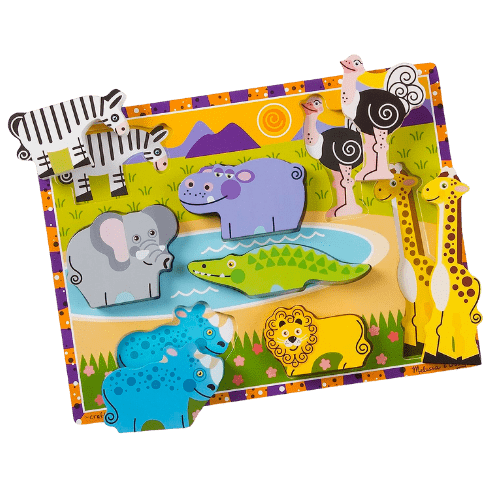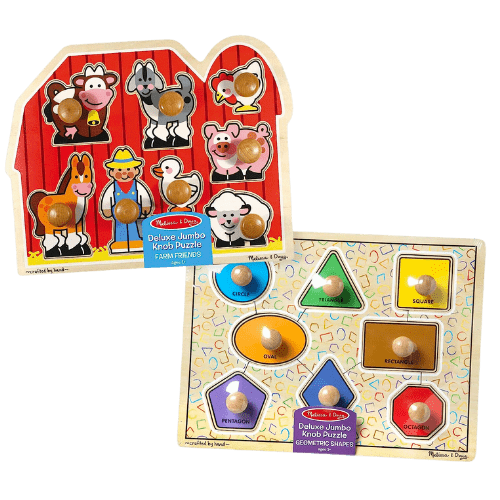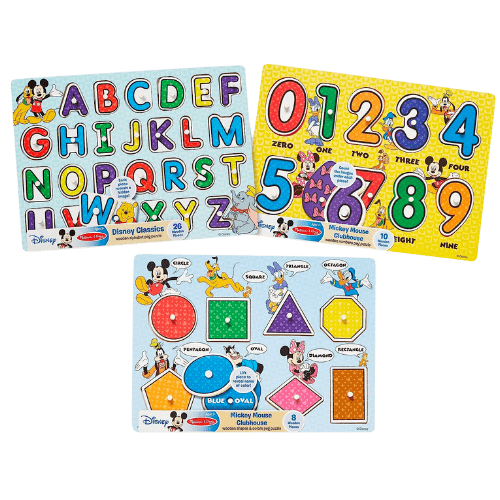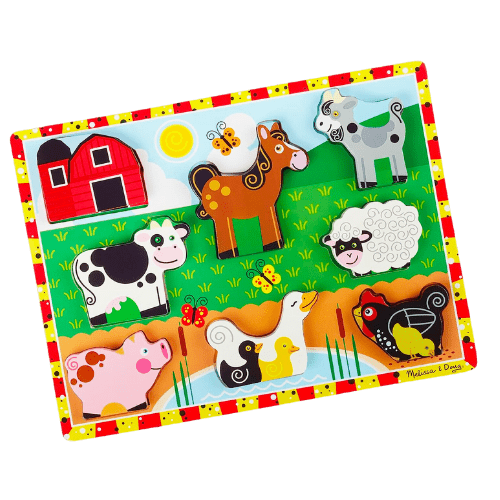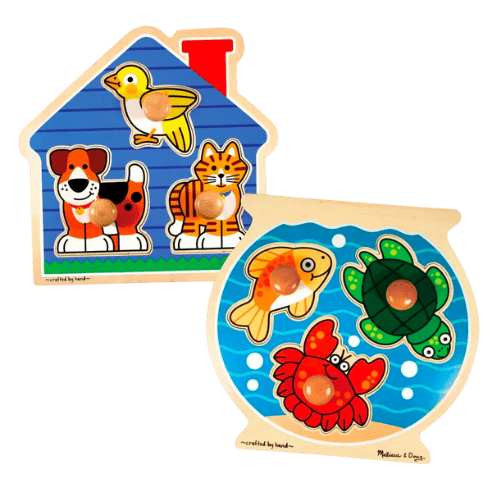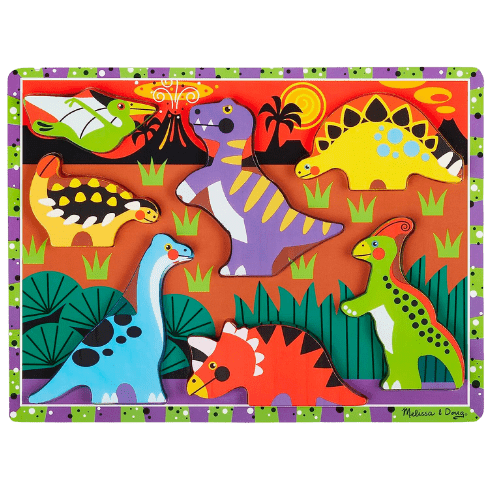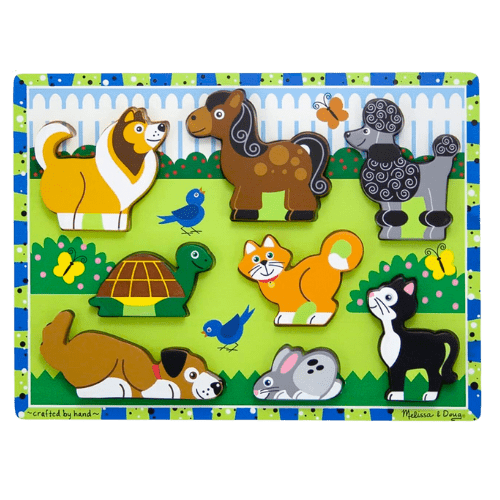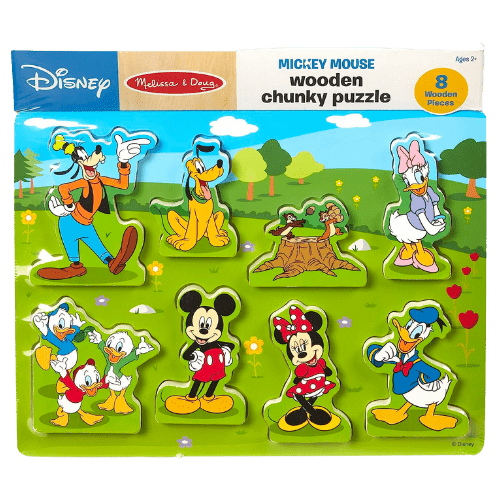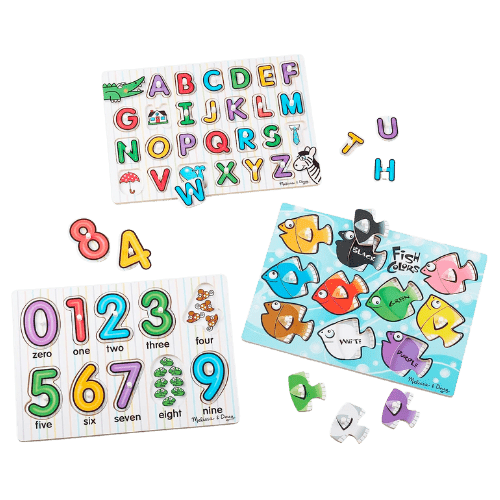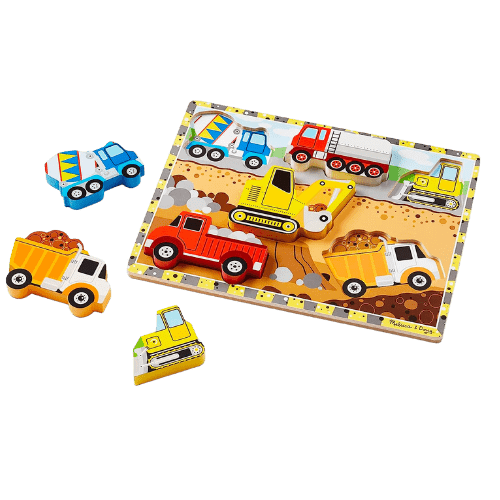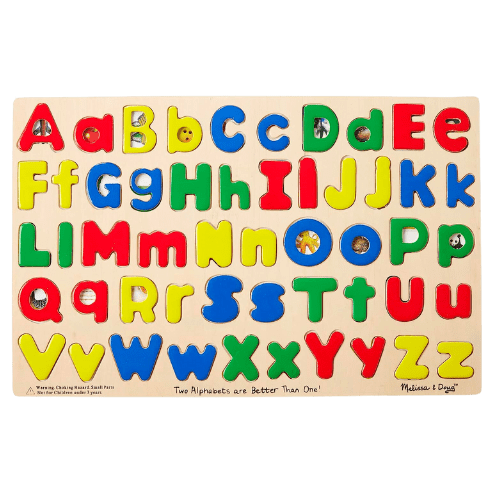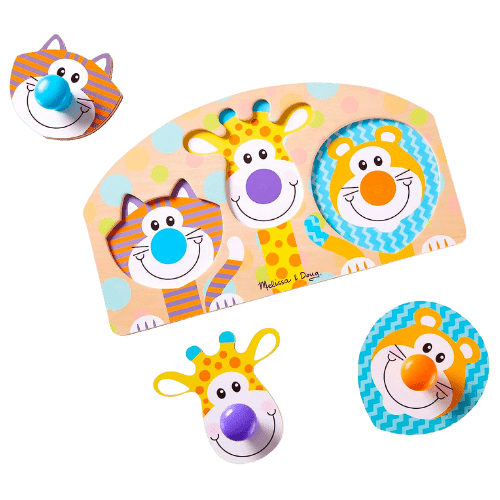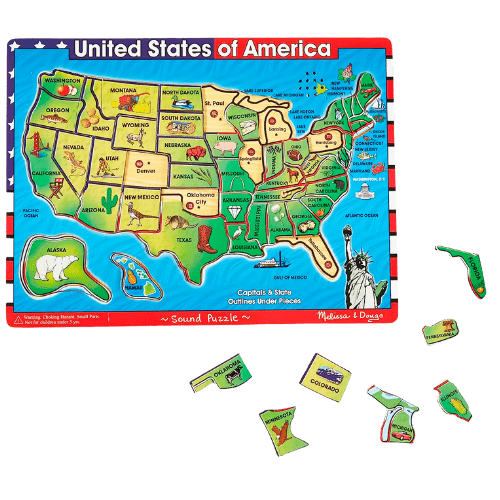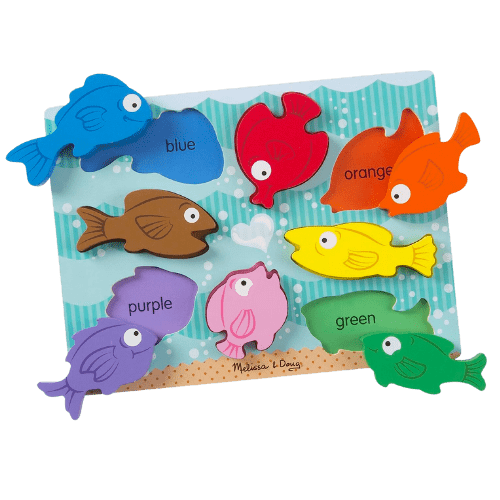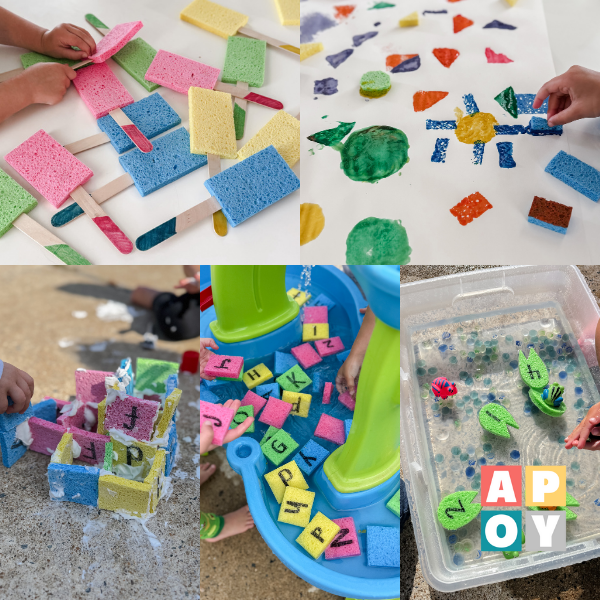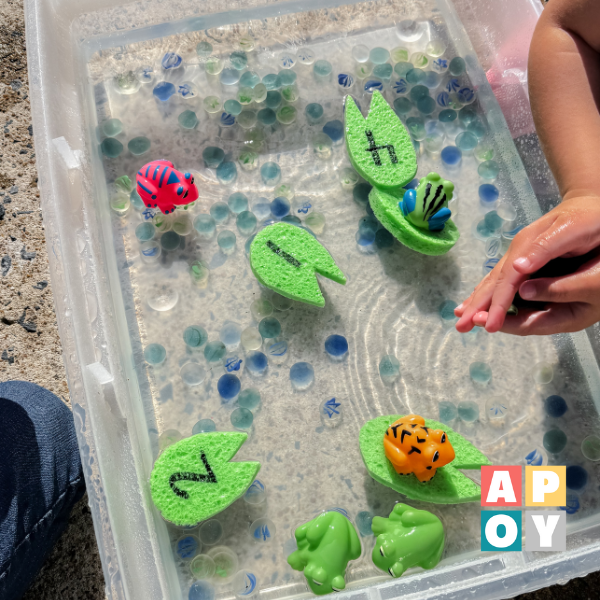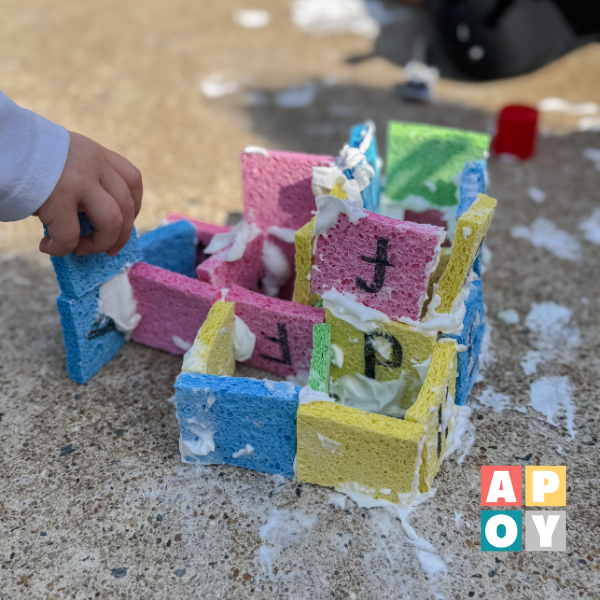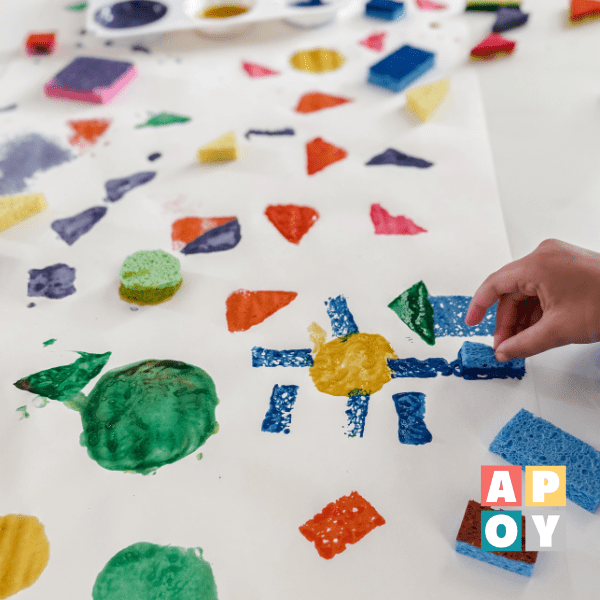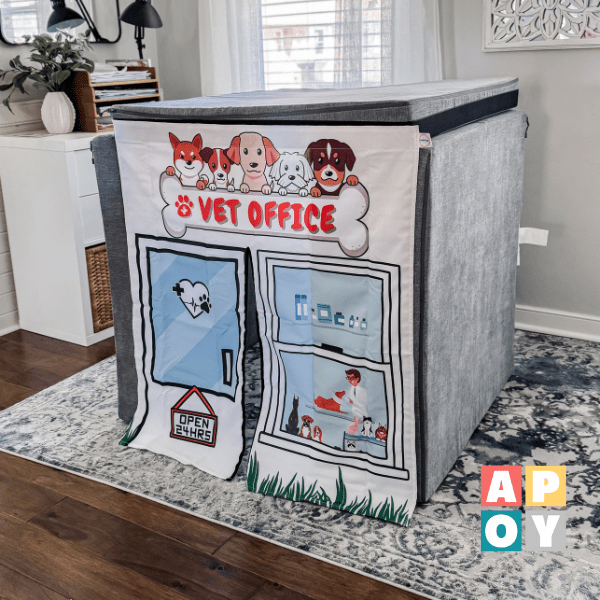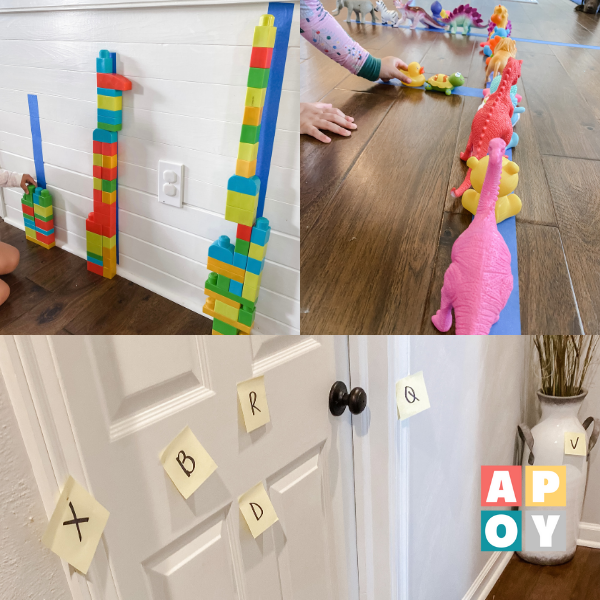The Ultimate Puzzle Hunt Sensory Bin: Engaging and Educational Activities for Toddlers
Make playtime extra magical with a puzzle hunt sensory bin! It’s the perfect combo of fine motor practice, sensory exploration, and early literacy learning. Your toddlers will love it!
This blog post may contain affiliate links. When you make a purchase through these links, I may earn a small commission, at no additional cost to you. I only recommend products that I genuinely believe can benefit you and your family! Your support helps maintain and improve all things A Pop of You. Thanks so much!
The Puzzle Hunt Sensory Bin: Where Learning Meets Adventure
Parenting toddlers is a wild ride—equal parts messy, magical, and let’s be honest, occasionally chaotic. But what if I told you there’s an activity that’s not only educational but also keeps your little explorer busy long enough for you to sip (or reheat) your coffee? Enter: the puzzle hunt sensory bin. It’s part treasure hunt, part brain boost, and 100% fun.
Let’s break it down, parent-to-parent, because this isn’t just a cute Pinterest idea. It’s a sanity-saver disguised as a learning activity.
What Is a Puzzle Hunt Sensory Bin?
Picture this: a big bin of rice, hidden puzzle pieces buried like tiny treasures, and your toddler gleefully digging through it like they’re on a miniature archeological dig. Once they find the puzzle pieces, the mission is to match them up and complete the puzzle. It’s tactile, engaging, and sneakily educational.
You can tailor the puzzles to whatever skills you’re working on—letters, numbers, shapes, or even animal-themed puzzles. Bonus points if you toss in a few extra toys or trinkets to make it feel like a sensory scavenger hunt.
Why Sensory Bins Are Basically Magic
Let’s talk benefits—because every parent wants to know why they should bother setting up these activities.
1. Sensory Learning
Kids learn by touching, feeling, and exploring, and a sensory bin is the ultimate hands-on experience. Whether it’s rice, pasta, or beans, the textures alone are enough to light up those little sensory neurons. Plus, the hunt teaches focus and curiosity (two things we wouldn’t mind them having more of at dinnertime).
2. Fine Motor Superpowers
Scooping, digging, and picking up tiny puzzle pieces are all perfect workouts for those tiny hand muscles. Spoiler alert: strong hand muscles now = better writing skills later.
3. Problem Solving & Cognitive Boosts
Finding pieces and matching them up to their puzzle requires some serious brain power (for a toddler, at least). It’s like sneaking veggies into mac and cheese but for their mind.
4. Imagination Unlocked
You don’t have to stop at puzzles. Add in toy animals, mini cars, or anything else and watch your kid’s imagination take over. Suddenly, they’re not just playing—they’re creating stories and worlds of their own.
Here’s How to Pull It Together (Without Losing Your Mind)
First things first: you don’t need a PhD in crafting to set this up. You likely already have most of the materials.
What You Need:
- A large bin or shallow container (the kind you store old holiday decor in works great)
- Rice, beans, or pasta as the sensory filler (bonus points if you dye the rice for extra flair, but no judgment if you don’t)
- A puzzle set (letters, numbers, or shapes work well)
- Optional: small toys or objects for extra treasure hunting fun
How to Assemble It:
- Dump your sensory filler into the bin. (Pro tip: do this on a surface that’s easy to sweep because, trust me, rice may get everywhere.)
- Hide the puzzle pieces and any bonus treasures under the filler.
- Hand it over to your toddler with a dramatic, treasure-map-worthy explanation of their mission: “Can you find all the hidden pieces to solve the puzzle?”
Safety First, Fun Second
Always keep an eye on little ones during sensory play—especially if they’re in the I-put-everything-in-my-mouth phase. Use larger puzzle pieces to avoid choking hazards, and maybe lay down a blanket to catch any rogue rice flinging.
Make It Your Own
The beauty of sensory bins is that there are no rules. Want to switch out the puzzles for number magnets? Go for it. Add a theme like dinosaurs or outer space? Love it. Let your kid “cook” with scoops and bowls? Chef’s kiss.
Why You’ll Love This Too
It’s not just about the sensory learning, fine motor development, and problem-solving. It’s about those rare five minutes of peace while your toddler is engrossed in the bin. It’s about watching their eyes light up when they find that last puzzle piece. And it’s about knowing you’re giving them a foundation for learning—without needing a degree in early childhood education.
So, grab a bin, pour in some rice, and let your little one dive into this magical mix of fun and learning. Who knew a simple sensory bin could pack so much punch? Just don’t be surprised when they ask for it again… and again.


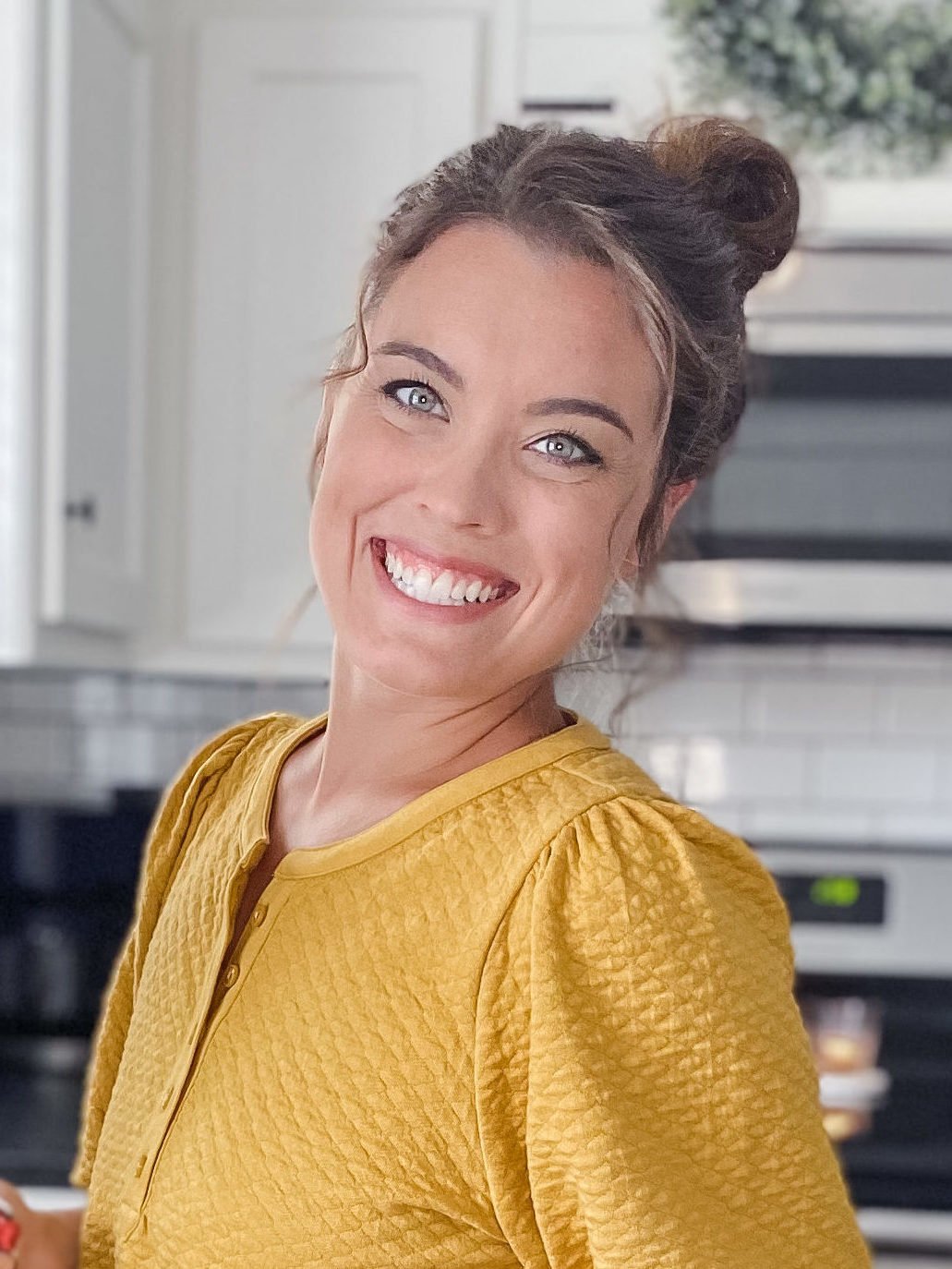
Hey, I’m Katelyn, the “Achievably Extra” Mom! Join me for creative family fun and practical tips! Let’s inspire each other!




